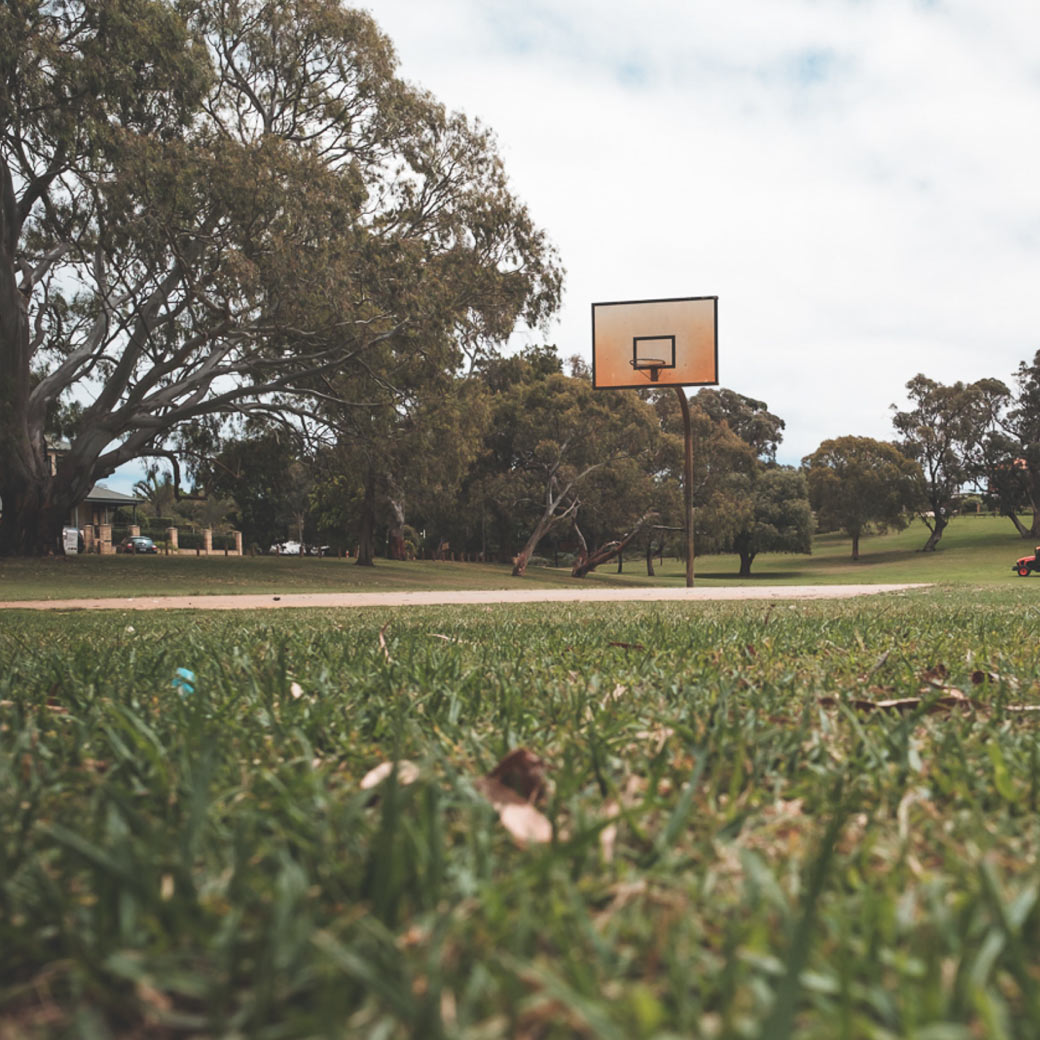Considering the Utilisation of Green Spaces in Potchefstroom, South Africa A Tale of Three Parks
Main Article Content
Abstract
Public green spaces, commonly known as parks, play an important socio-psychological, physical, and ecological role within cities. They are believed to support active lifestyles, promote citizenship, reduce air pollution, and offer recreational opportunities and psychological restoration. As a result, parks are designed to serve multiple functions. However, previous studies have found that the quality of parks fluctuates depending on the wealth of residents. This variation in quality (supply of park area or facilities) is expected to affect the utilisation (potential demand) of parks, which in turn reduces the benefits derived from these spaces. This paper sought to investigate if the quality of green spaces affects the utilisation of parks in Potchefstroom, South Africa. It observed three parks
in three suburbs in the city to compare the quality provided. Furthermore, qualitative data was collected at each park through 30 semi-structured interviews to determine if the utilisation of the parks was affected by their quality. The analysis indicated that there are marked discrepancies in the quality of parks based on the wealth of the residential areas. However, this did not affect the utilisation of the parks. On the contrary, the study found that poor quality parks in lower-income areas were used more frequently, although not in the traditional sense. The study’s findings shed light on the green infrastructure inequality in South African cities and display the alternative usages of open spaces. The study calls for a review on how green spaces are planned in South Africa and how municipal finances could be used more efficiently and effectively to plan these spaces.
Article Metrics Graph
Metrics
Article Details

This work is licensed under a Creative Commons Attribution-NonCommercial 4.0 International License.

